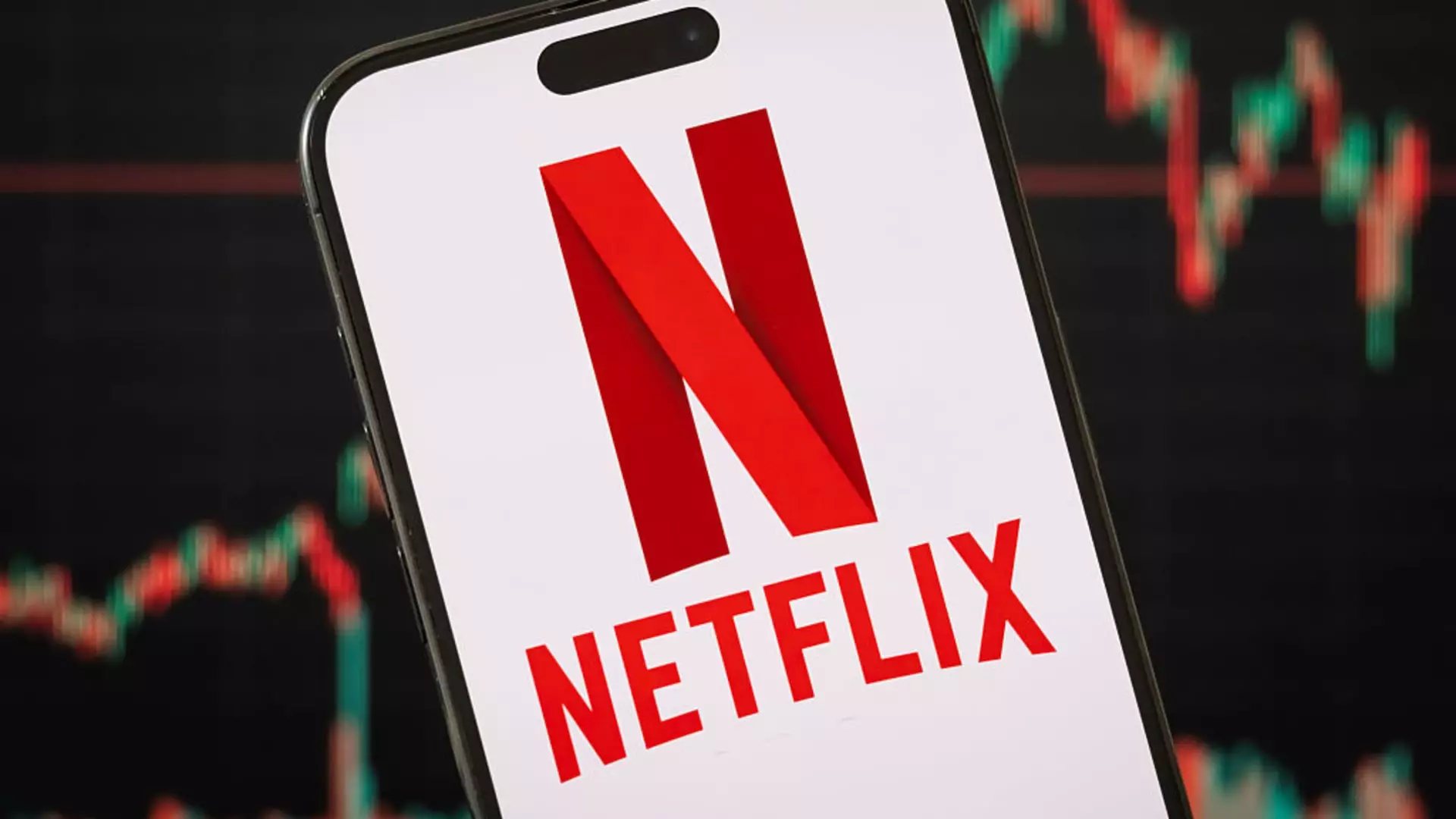Netflix is currently soaring, enjoying an impressive 11-day streak of increasing stock prices, an accomplishment that marks its longest uninterrupted rise to date. This milestone has sparked renewed interest amongst investors, aspiring analysts, and entertainment enthusiasts alike. The previous record was set between late 2018 and early 2019, where the stock’s fluctuations were more restrained. Unlike that past showing, the present surge transcends mere volatility—it signals a robust confidence in Netflix’s long-term trajectory. So what’s fueling this remarkable upward momentum?
Financial Performance That Speaks Volumes
The catalyst can be traced back to Netflix’s earnings report on April 17, where the company announced a notable 13% revenue growth in Q1 2025. This uptick was somewhat unexpected, considering the current economic climate, which is riddled with uncertainty. The fact that the surge is largely attributable to both subscription and advertising revenues indicates a strategic pivot towards monetizing its content more effectively. Unlike traditional media outlets, Netflix has successfully embraced a dual revenue model, allowing it to weather economic fluctuations without suffering significant losses.
And while many consumer-facing industries are tightening their belts due to rising costs, Netflix continues to forecast an impressive full-year revenue of between $43.5 billion and $44.5 billion—figures that command attention. Investors are observing how Netflix can maintain growth even in the face of a recessionary economic backdrop. This performance not only demonstrates robust resilience but also affirms Netflix’s status as a premium offering that consumers are likely to retain despite potential tightening of disposable incomes.
Political and Market Forces: A Shield Against Adversity
Interestingly, Netflix has proven relatively immune to the adverse effects of political instability and trade tensions—two factors that have rattled many adjacent industries. Traditional media giants like Warner Bros. Discovery and Disney have seen declines of approximately 10% and 13% respectively since the commencement of Trump’s second term. In contrast, Netflix’s performance has defied the broader market trends, suggesting that consumers are prioritizing entertainment options that offer flexibility and an extensive library of content.
What’s paradoxical is that while political policies like tariffs could dampen consumer confidence, Netflix’s co-CEO Greg Peters maintains that the company’s operational metrics remain stable. Peters asserts, “Based on what we are seeing by actually operating the business right now, there’s nothing really significant to note.” This kind of forthrightness is refreshing in an era of fluff communication—marking Netflix as a forward-thinking entity capable of navigating turbulent waters.
Strategic Value in Pricing Adjustments
Amidst this positive surge, Netflix has also adjusted its subscription pricing, raising the costs for its standard and premium plans to $17.99 and $24.99, respectively. Despite these hikes, Netflix appears to have maintained its allure for current and potential subscribers. The introduction of a more affordable ad-supported plan at $7.99 widens accessibility for cost-conscious viewers, increasing its potential subscriber base. However, the specter of uncertainty looms as Netflix has moved to discontinue disclosing detailed membership numbers, leading to speculation about actual subscriber trends. This is a double-edged sword—the reduced transparency could alienate certain investors, while also hinting at a strategic focus on profitability over sheer member growth numbers.
The Future of Streaming: More Than Just Numbers
According to analysts at JPMorgan, Netflix has firmly established itself as a leader in global streaming and is on the verge of becoming the de facto platform for television consumption. They suggest that the forthcoming Advertising Upfronts in May could serve as an additional catalyst for its shares’ performance, creating a ripple effect within the industry.
As competitors scramble to catch up, Netflix stands resolute, commanding ever-increasing respect and valuation. As the digital landscape evolves and more players enter the fray, there is an essential question to consider: can Netflix maintain its position as the preferred platform amidst rising competition? Time will tell, but for now, the data and evidence point to Netflix as a formidable force in an ever-challenging industry.

